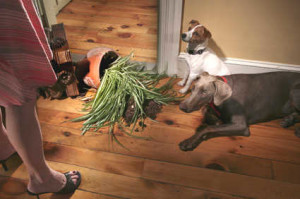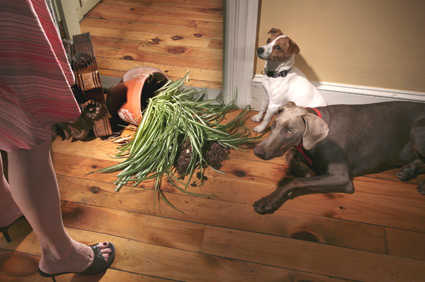
One of the truly most painfully heartbreaking things that’s almost unbearable to watch is to see your older dog go. As your senior pet approaches old age, you will notice several changes. They’re not as agile as before, or not as upbeat and sweet. There’s also a strong likelihood that they are suffering from Cognitive Dysfunction Syndrome (CDS). Characterized by a deterioration of cognitive function in dogs, CDS is commonly known as Alzheimer’s disease for dogs.
1. Your senior dog may start forgetting certain tricks.
Sometimes, old age in your dogs will make them forget certain basic commands that they used to master, such as sitting down. When this happens, you have to be completely understanding and try not to scold them.
2. Your old buddy might wander and walk around.
Your dog will sometimes wake up in the middle of the night and wander around the home, bumping on furniture as they go along. Their reactions will vary: panic, distress, and sometimes, they will simply find their way back.
3. Your dog will have a totally changed routine.
From their eating schedule to their sleeping time, older dogs might totally change their habits throughout the day. If this happens, help your dog adjust to the new lifestyle and, if you can, help them get back to their normal routine.
Problem Behavior In Older Dogs
4. OUTSIDE INSIDE DEBATE
Some dogs may even forget why they are sent outside. While before they would go out and do their business right away, now they will sniff around and ask back in wondering why they were out in the first place. Just as some dogs forget about going outside some dogs forget as well their name or that they already ate.
5. WHO ARE YOU?
Some dogs may even forget who their owner is and may growl or act unusually timid. At other times they may have moments of seeming to remember. This may be very heartbreaking for the owner even because the pet may appear not interested anymore in playing or being pet. (Read more here)
CDS is a challenge for both you and your dog. There are several things that you can do to deal with this condition. For one, you can take your pet out more often, and show compassion and affection more than you usually do. Also, try to make a new routine and stick to it. Wearing doggie diapers might also be necessary. It might also be time for you to place baby gates and have your pet wear doggie diapers. Lastly, hang in there! It’s going to be a bumpy ride, but it will be well worth it.

Leave a Reply